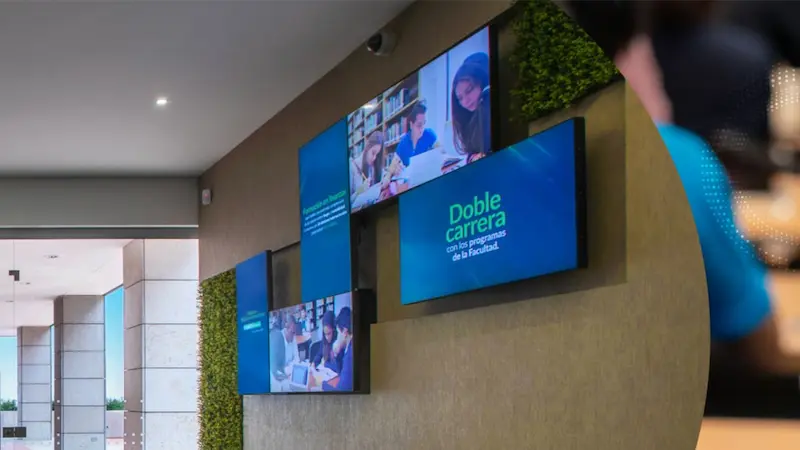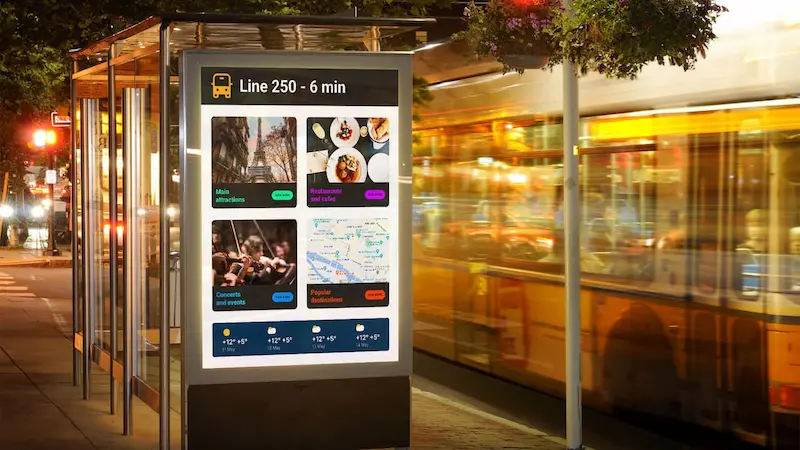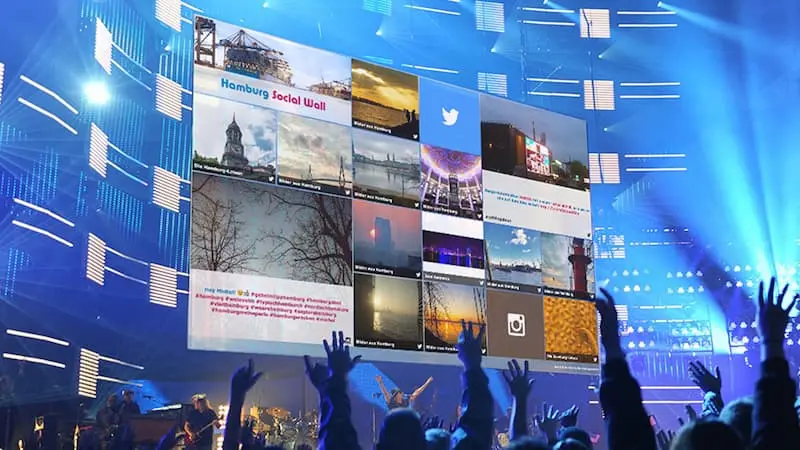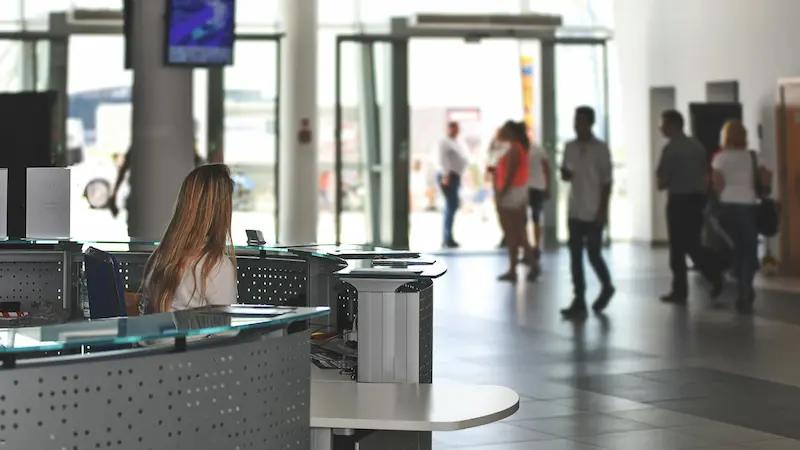
Table of Content
Customer satisfaction is critical to success and is inextricably linked to the environment. Almost every company now has an internet presence. However, you cannot overstate the importance of physical space. Environmental graphic design (EGD) concerns forging connections between people and places. It aims to establish an intuitive and coherent atmosphere consistent with the company's image and gives the user a feeling of place.
What is Environmental Graphic Design?
Environmental graphic design involves developing settings in tune with human requirements. When this purpose is met, it creates a link connecting people and places. Customized environment designs with ornamental themes and navigation systems are prevalent examples. Custom signs such as channel messages, supergraphics, paintings, and public artworks are essential to create an attractive and practical space.
Elements and Principles
EGD curates and enhances the experience individuals have inside a location by using graphic elements like typography, color, imaging, and textures.
- Color can alter the tone of a room, making it more vibrant, melancholy, playful, and so on. It also helps in categorizing, contextualizing, emphasizing, or otherwise distinguishing a space or elements of a place.
- Typography involves using text to express information to navigate, label, identify, promote, sell, and so on.
- Imagery, like text, delivers information via images. It also elicits emotion.
- Texture provides another depth to the room. Touch, as a sensory aspect, gives physical and symbolic depth. It also elicits emotion and helps individuals connect more vividly with the place.
- Visual Storytelling: The technique of visual storytelling is central to environmental graphic design. Stories have an extraordinary potential to attract attention, arouse emotions, and leave an indelible imprint. The effects of harnessing this storytelling power inside physical locations are significant. The brain processes pictures 60,000 times quicker than words, and people recall 80% of what they view, 10% of what they hear, and 20% of whatever they read.
- Design Harmony - the capacity to generate the sense and ambiance of a location is one of the most significant features of environmental graphic design. The environment you live in comprises many different factors that all affect one another, you can only accomplish harmony within the environmental graphic design via all aspects of reciprocal relationships.
Applications: Graphic Design in Action
Now that you know what environmental graphic design is, here are some of the best applications for making the most of it.
Wayfinding
Wayfinding involves traversing a physical place. Experiential signage and instructions need to be clear and concise to guide people. Directional signs, floor layouts, and maps are examples of this. Wayfinding makes it easier for consumers to navigate and enhances their overall experience. Thanks to graphic design, you allow your guests and visitors to access your premises more comfortably.
One notable example is the CloudHealth conference, which was held at a newly constructed hotel. The entryway included enormous graphic pillars for navigation, clearly indicating that this space was for the CloudLIVE event and immediately connecting people with the CloudHealth brand.
Branding
EGD is an excellent platform for showcasing a brand's identity by integrating the business's logo, color scheme, and general design appeal. It encompasses everything from signs to graphics to the materials utilized in the venue. Branding contributes to a consistent and memorable customer experience. For instance, digital screens in the advertising industry help capture attention far more effectively than traditional signage.
McDonald's 2018 Best of Year Prize for Environmental Branding is a nice example. McDonald's challenged Interior Design Hall of Fame nominee Primo Orpilla to incorporate an effective spatial graphics project to give its huge West Loop headquarters in Chicago an appealing narrative flair and feeling of character. The project was about the style of a nine-story comprehensive look into the company culture. It included searching the corporate archives for historical packaging, logos, commercials, and memories, which served as the foundation for retro-flavored installations, paintings, and decorations.

Visual Merchandising Strategies
A company can communicate its vision and principles to the public using various platforms. Besides branding and ad placements, one of the most successful is how the company portrays itself. This is where visual merchandising comes into play.
When done correctly, it may draw a customer's attention and persuade them to complete a purchase. It also contributes to creating a unique appearance and feel for your business, distinguishing it from rivals in the sector. Thanks to EGD, you can build an overall image of your business, from the façade of a shop to the interior design.
A noteworthy example was Beko's presentation at IFA 2017 with the slogan "Official partner of the everyday." The youthful and energetic business wanted to showcase its consumer-oriented goods that answer everyday issues and requirements. Within over 1,000 square meters, visitors could experience various new ideas.

Digital Signage in Environmental Design
Custom digital signage and environmental graphic designs give visitors confidence when navigating unknown territory while communicating the tale of the place and environment. Digital signs and components play an important role in their environs, from delivering a brand and visitor experience to life to beautifying metropolitan landscapes.
Dynamic Solutions
Dynamic digital signage delivers content to life in novel and engaging ways. It improves the environment, increases communication, and influences consumer behavior in public settings or inside an organization.
Digital signage, when linked to any information source, offers a world of possibilities. You may provide compelling material in huge display forms that can be quickly swapped and customized to the context, audience, time, or place.
Interactive Experiences
By incorporating digital signage into environmental design, you can elevate the user experience to a new level, concentrating on human connection with the physical space. The interactive points of a space are to enlighten, excite, and inspire those who interact with it. Touchpoints connect customers with everything that governs their surroundings. Instead of admiring the design from afar, such displays provide interactivity.
For their products to be available to as many individuals as possible, designers producing an interactive experience should be exceedingly-educated about user-based research. If enough effort is put in, everyone can participate in this potentially global and inclusive medium.
Implementing environmental graphic design
Whether you're building an inspiring location for everyday users or a memorable first impression for visitors, intentional and appropriate environmental graphic design can help you establish a culture and influence consumers. In addition, when paired with digital signage, you can deliver a unique experience to your visitors. Using Look DS allows you to manage your content more comfortably and with ease.







